The house functioned like a well-oiled machine in those days with my Ba/Dadi at the helm of it all. Those were the days when the material pleasures weren’t in abundance nonetheless life was filled with immense joy and happiness. Life seemed to revolve around school, play and food. The air bustled with one or the other chore related to the food we were either stocking oil cans, getting the spices prepped and hand pounded, there were stacks of wheat-filled gunny bags almost 1000 kilos of it to feed our clan; wheat that had to be handpicked for impurities and coated with castor oil for the year-long storage, 13-14 varieties of pickles were made annually in summers so we were all snacking on raw mangoes, the winters had papad and wadi making sessions, potato wafers happened when new potatoes arrived in the markets. Then there were numerous other jobs like working with Saraniyaa to get the knives sharpened and get the brassware re-tinned. I remember requesting Ba to get the Kalai job done when we were home. Kalai is when we saw the magic happen, the dark and soiled looking brass pots and pans would magically turn shiny like new. Ba would always oblige and we would be part of that 2 hours of Kalai show. The workstation was set up under the Chikoo tree in our front yard. The brassware was brought in, the price negotiated and Ba would set-up her chair to monitor the entire process. Kalai is the process where brass and copper utensils used for cooking and eating are coated with a metal called Kalai. The Kalai coating fades with use and needs to be re-tinned after 6-8 months of usage. Brass and copper tend to react to souring agents in food and thus giving them a Kalai lining is a must.
Brass vessels were used for everyday cooking and eating in our family. It was a lot of hassle to keep them shiny every day. The ritual involving thorough cleaning was limited to twice-thrice a year when stored rainwater was used to wash the tamarind scrubbed vessels. Each vessel was dried thoroughly and allowed to soak in tender rays of pleasant winter sun. Summers were never meant for such tedious works. Gradually, with time we started stacking the brassware in lofts and trunks as steel and aluminium made way in the kitchen for the sheer ease it was to clean and maintain these utensils. As the use of brass decreased the need to call in the kalaiwala also decreased. Little did we realize that such lifestyle changes would drastically impair the livelihoods of our service providers. Once a regular ritual of witnessing the magic of Kalai was reduced to one every couple of years until it stopped completely. The Kalaiwala like many other traditional professions became a forgotten professional of a vanishing occupation.
The journey of writing this blog gives me the much-needed opportunities to visit and understand the fading practices related to our kitchens be it the way we grow food, prepare food, cook food and all the peripheral things associated with food. As the wisdom to go back to the traditional practices prevails I was required to call kalaiwala to re-tin the brass inheritance I possess.
Jagdishbhai is 5th generation Kalaiwala, who has been practising this craft for more than 45 years. I prefer to call all these traditional professions crafts because of the dextrous skills they require. Jagadishbhai learnt his craft from his father however his children have not taken up this profession hence he is the last amongst his generation to practice this craft. Working under the open sky in scorching 45 degrees C is a challenging task but he chose to do it with a smile on his face. The cost of raw materials nausadar (ammonium chloride) and Kalai have both become gone up in recent times. Kalai reaches India from Afghanistan where they have mines of this metal. Although the awareness on the use of brass, copper and Kansa is on the rise the profession is dying a slow death and isn’t enticing the younger generations. Jagdhishbhai talked at length about the benefits of using, brass that wears a kalai coated, hope and optimism about the rise of this occupation in coming times!!
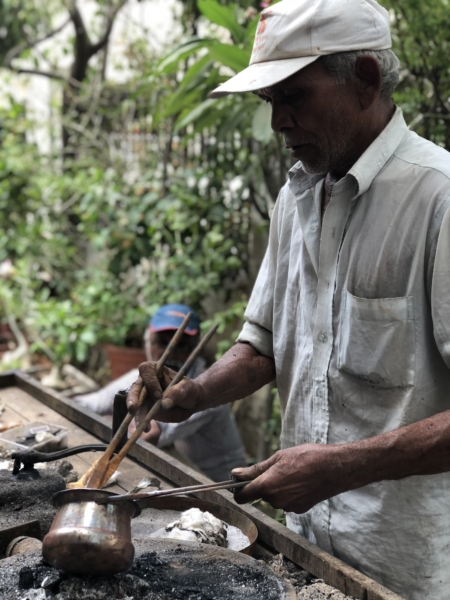
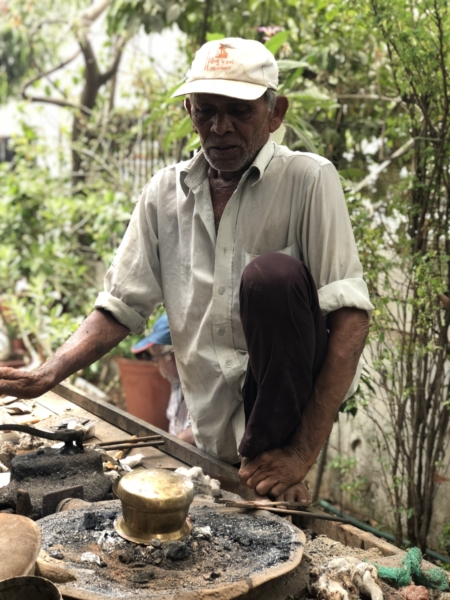
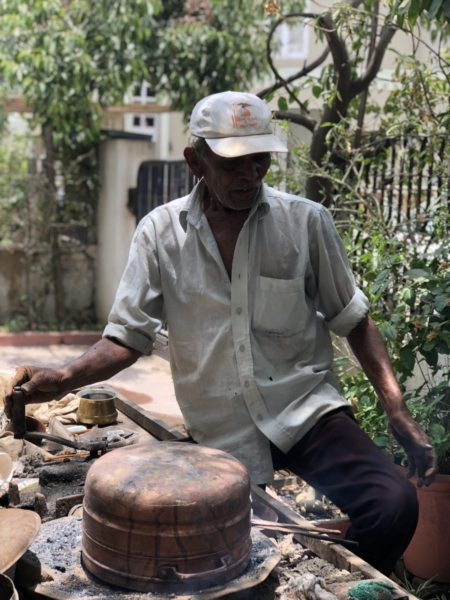
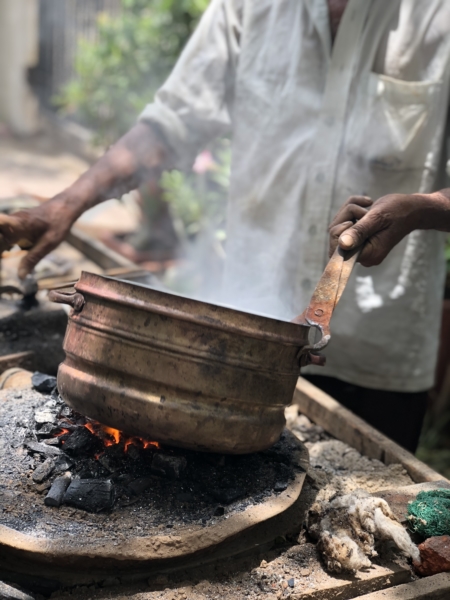
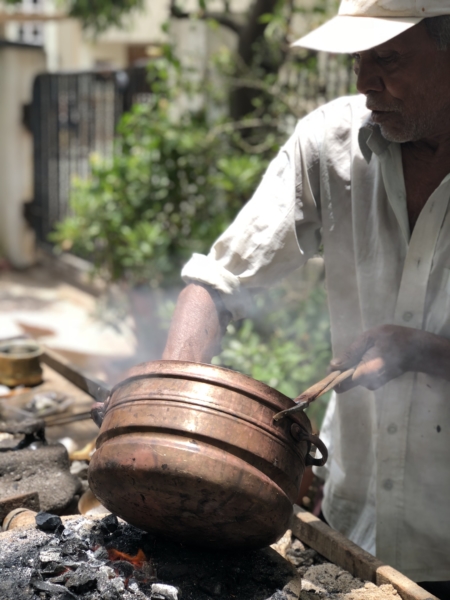
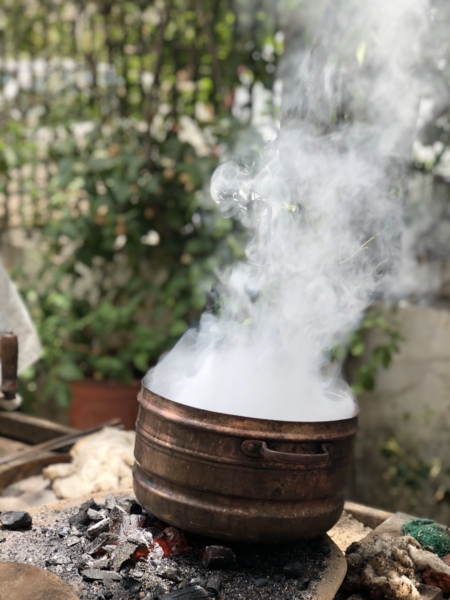
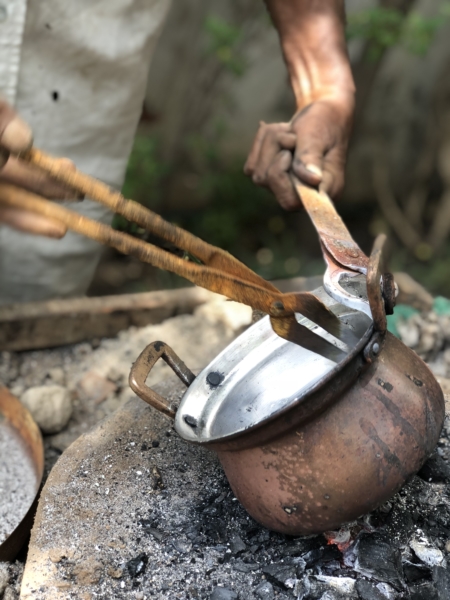
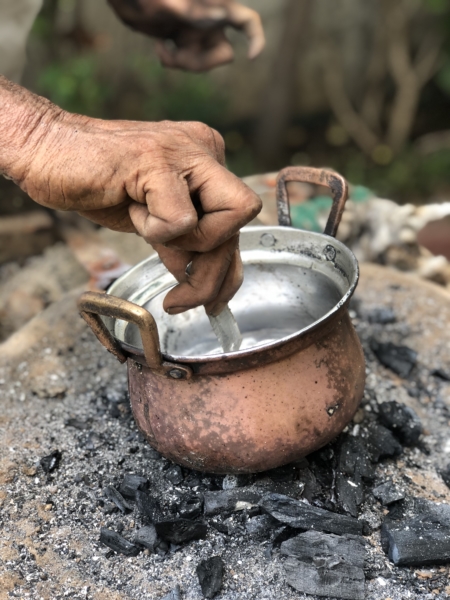
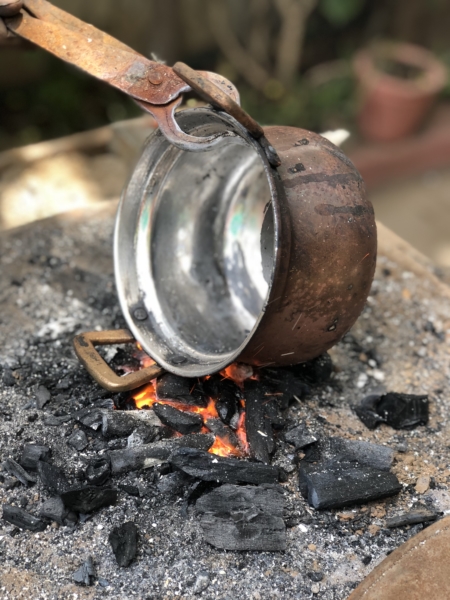
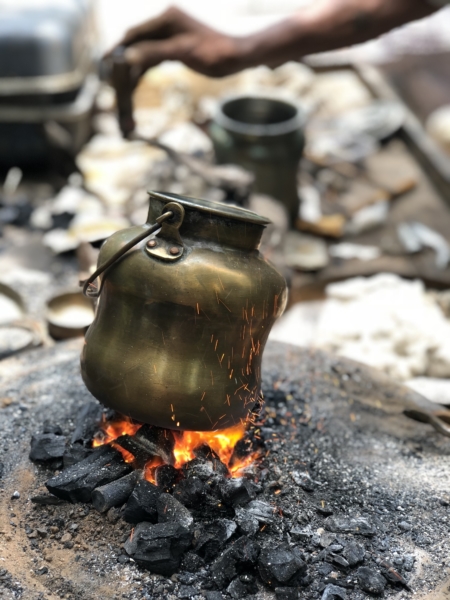
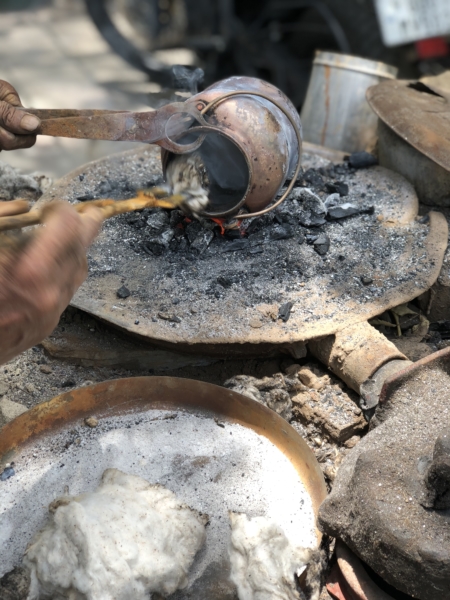
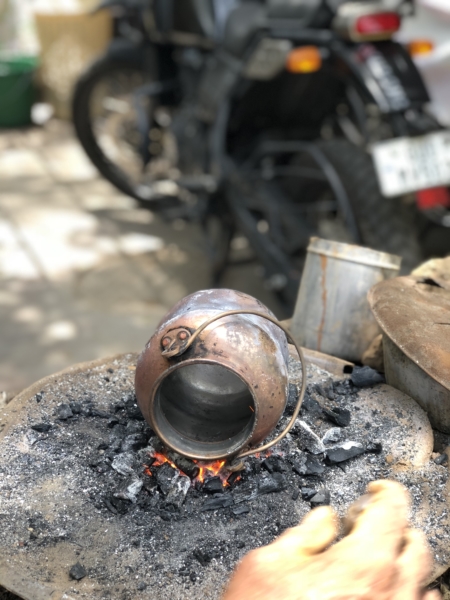
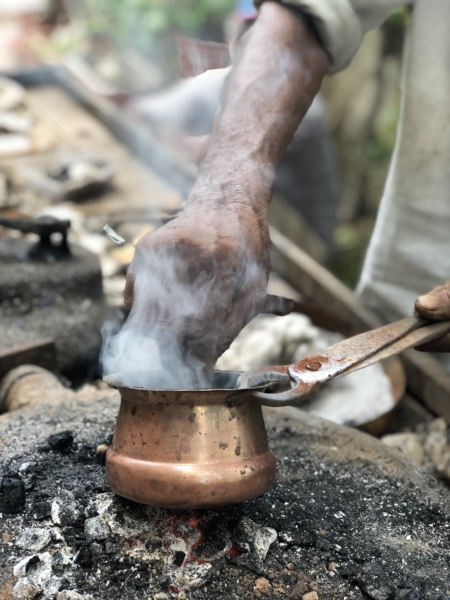
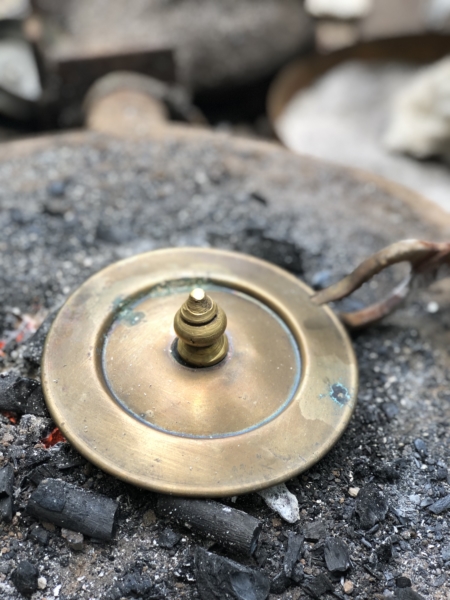







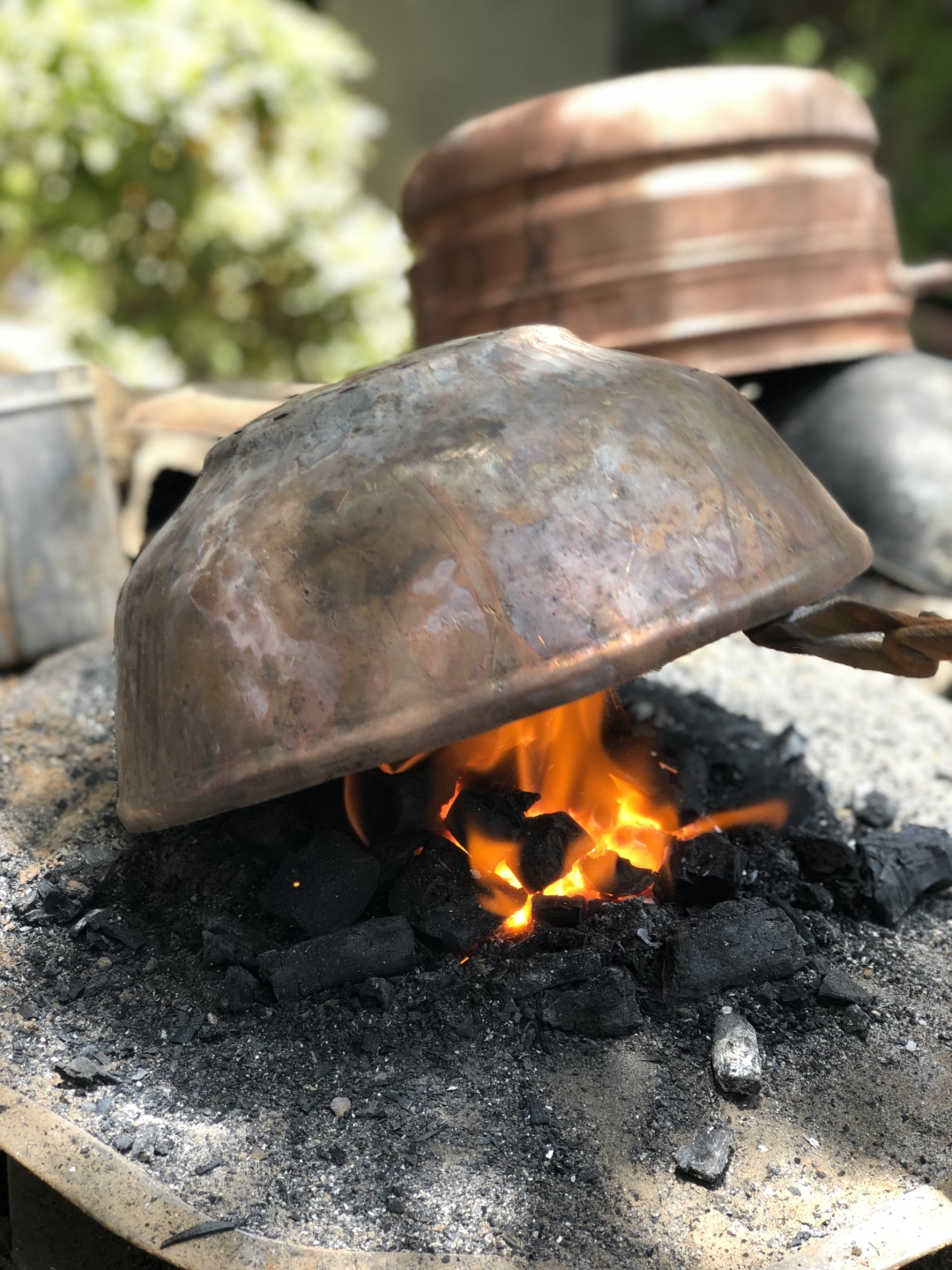

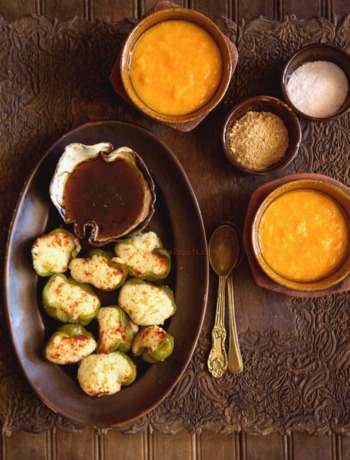
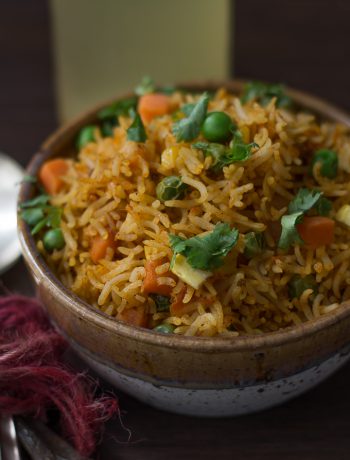
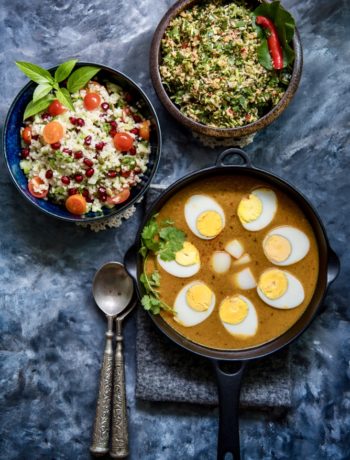
20 Comments
The Kalai-walas of Lucknow – DesignResearch | SPA 2020
December 18, 2020 at 10:00 pm[…] Figure 2 Process of kalai[9] […]
Almitra Patel
August 29, 2021 at 11:56 pmWonderful! I too used to watch the kalaiwala magic with fascination. I am 85 now and need to dispose of a dozen large and several small kalai vessels. Does anyone still use and want them?
Sheetal
August 30, 2021 at 8:04 pmHello Almitra Ma’am,
Thank you so much for stopping by. Watching Kalaiwala set up his work station under the Chikoo tree in our front yard and polish our brass stack is one of the fondest childhood memories. So glad we could connect over these memories. I have dropped you an email with regards to your query.
Regards!
Kanika Verma
January 16, 2022 at 5:24 amThanks a lot for such valuable information. I am an Ayurveda physician but I have never seen kalai in my life. I think that it vanished completely by the time I was born. Looking forward to know more about Bronze from you.
Sheetal
January 20, 2022 at 7:13 pmI am glad the information was useful, Kanika. It sure is a fading skill.
Sridhar
March 10, 2022 at 2:04 pmInterestingly, I just dropped off something for Kalai in the heart of Delhi. I was searching for a better word in English than ‘tinplating’, and happened on your post. Just a few days ago, my wife bought a heavy copper pot, which is definitely going to need tinning once in a while. Let’s all hope that the art stays alive (and that no discovery comes along to tell us that tin is harmful for our health!).
Sheetal
April 13, 2022 at 6:10 pmThank you for stopping by Sridhar. If tinned well and used infrequently, the Kalai will last few years. Lets hope we learn to appreciate and value our heritage and not wait for others to endorse it.
Harbinder Sodhi
January 13, 2024 at 6:33 pmHi Sridhar
Would you mind sharing where in Delhi this work is still being done as I have pans that require tinning?
Many thanks
CK yap
July 28, 2022 at 9:32 pmI live in Malaysia and have been searching for such a Kalaiwala in case you know of any.
thanks
Alka Mahajan
September 11, 2023 at 3:11 pmHi Sheetal,
I was looking for some Kalia wala from some time in Delhi. Which part in India you got it done? Do u know anyone doing this art in Delhi? I have two handies one my moms and one i bought later but not able to use them as it needs Kalai. Asked so many people everyone told me to sell them. Please let me know if u know someone.
Alka
Sheetal
September 12, 2023 at 1:33 pmbring them to Ahmedabad, Alka 🙂 that is where I stay and have access to kalaiwala. Brass kadai/ware can be used for foods that dont have any souring agents like imli, lemon, yogurt, chaash etc. Please don’t sell them.
Harbinder Sodhi
January 13, 2024 at 6:35 pmHi Sheetal
Would you mind sharing the area and address of where this type of tinning is done please?
Many thanks
Sonia Mehta
September 17, 2023 at 8:54 pmThis is sheer ‘Nostalgia’, when the shout out from kalaiwalas, Chaku tezkarnaywala, and oon buneywala (for quilts) and other such craftsmen roamed the streets of north India.
Thirty five years later, my copper vessels are stacked in the loft and as a resident of Mumbai now, I would be so happy to find a kalaiwala. The quest is on….
Thank you for this wonderful article.
Sheetal
September 30, 2023 at 7:28 pmI hope your copper collection can wear that shine once again!! Yes, those were such wonderful times. Ahmedabad still has kalaiwala’s shops. Hope their coming generations continue to hold on to their traditional occupation. Thank you so much for sharing your memories here, Sonia.
Prarabdh
September 26, 2023 at 6:23 pmHello, Sheetalji I must say you have a very beautiful way of expressing things. I am also from Ahmedabad. I had a doubt regarding Kalai. My Kalai layer of brass vessels forms Black spots. What could be the reason for this?
Sometimes this happens when I pour some water in the oily brass vessel and keep it for 3-4 hours just so that its easy to clean( as water will remove the stuck particles on vessel). Please englighten.
Sheetal
September 30, 2023 at 6:16 pmHello Prarabdh,
The discolouration of Kalai can be the result of oxidisation, this happens due to some souring agent allowed to remain on the surface for a long time. The quality to the kalai used these days has also depleted, in fact the new kalai fades aways within few uses, it flakes off easily. Hope this helps. And thank you so much for your encouraging words.
Harbinder Sodhi
January 13, 2024 at 6:30 pmI accidentally came across this article, thank you so much.
I recall as a child watching this being done by visiting craftsmen our house. Would you be able to shed light on where in Delhi this work is being done as I have pans in the family I wish to use that require tinning?
Regards
Prarabdh
April 10, 2024 at 9:04 amNamaste Sheetalji, so kind of you to reply me. I would like to know more about kalaiwala in Ahmedabad. We can never tell if they use Pure Tin or Tin mixed with lead. Also some refuse to do kalai by the Pure tin provided by us.
You say the new Kalai fades off within few uses. Yes that has also been my experience
I hardly use it for a month or two and the yellow brass layer becomes visible.
Gayatri Chudasama
June 22, 2024 at 6:29 amHello sheetalji,
I also have few brass and copper utensils,which badly needed kalai and I am looking for kalaiwala in Vadodara. Do you have any idea or information about kalaiwala shop in Vadodara? If yes, please share the information. Thank you.
Sheetal
June 22, 2024 at 9:12 pmwhy don’t you try visit the old city and kansara bazar. It should have one.